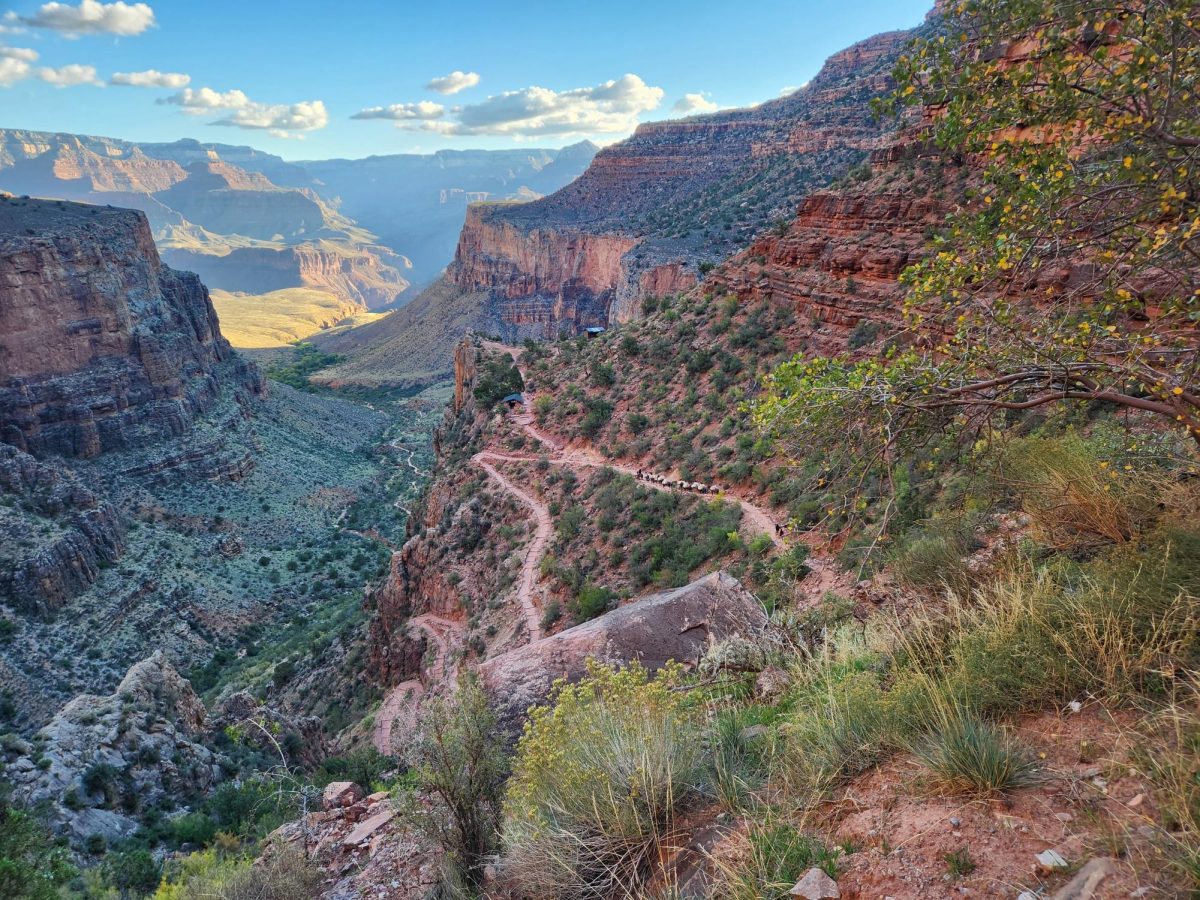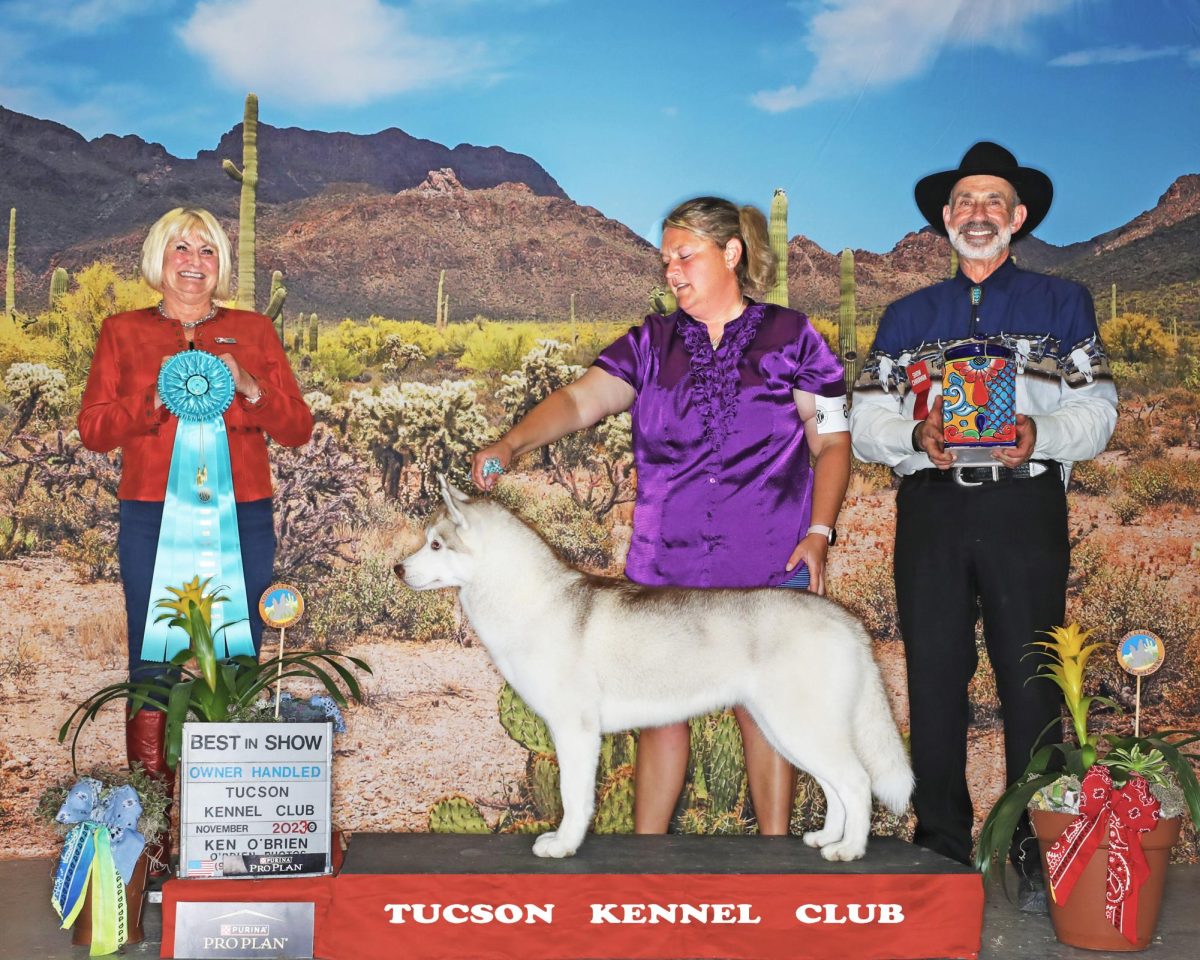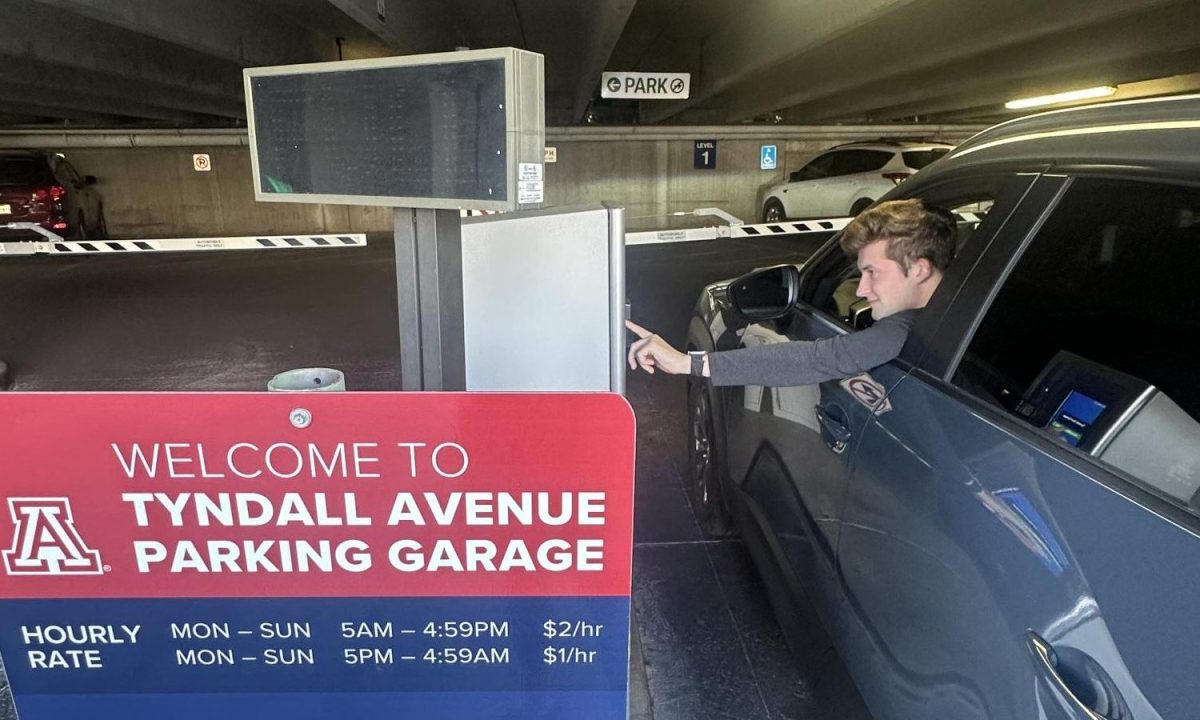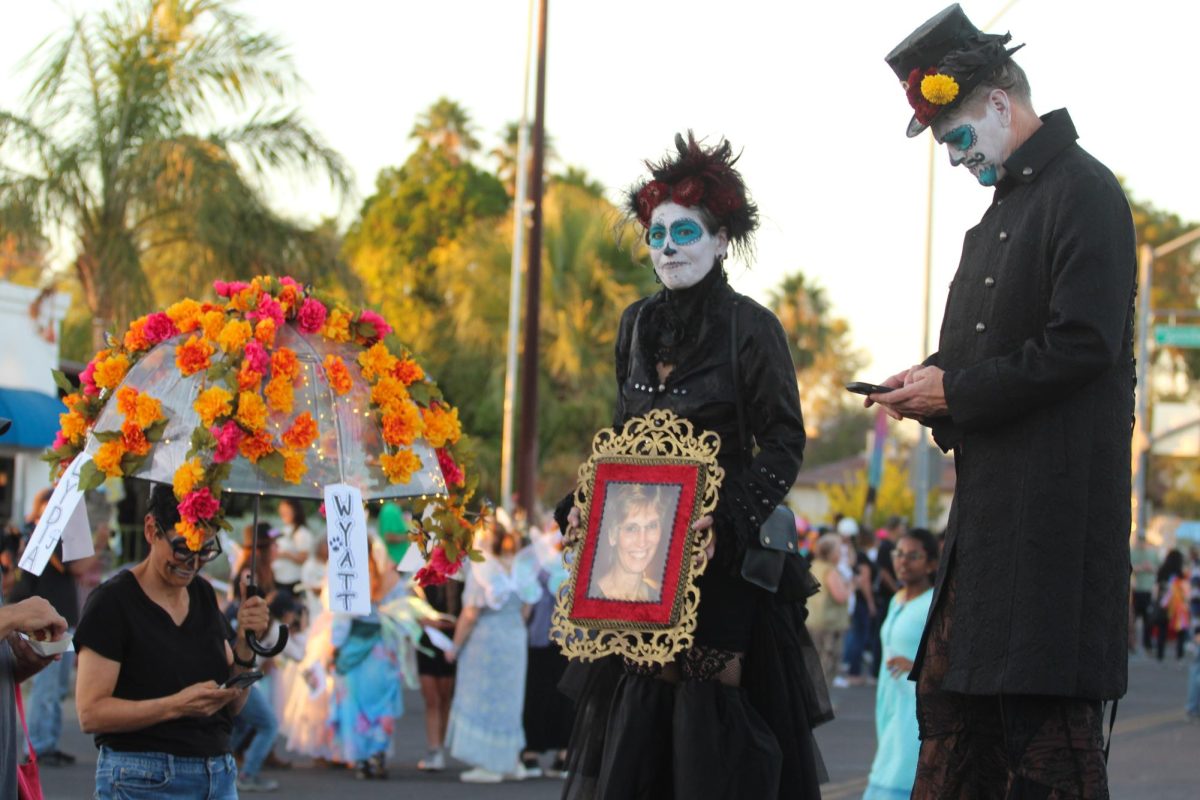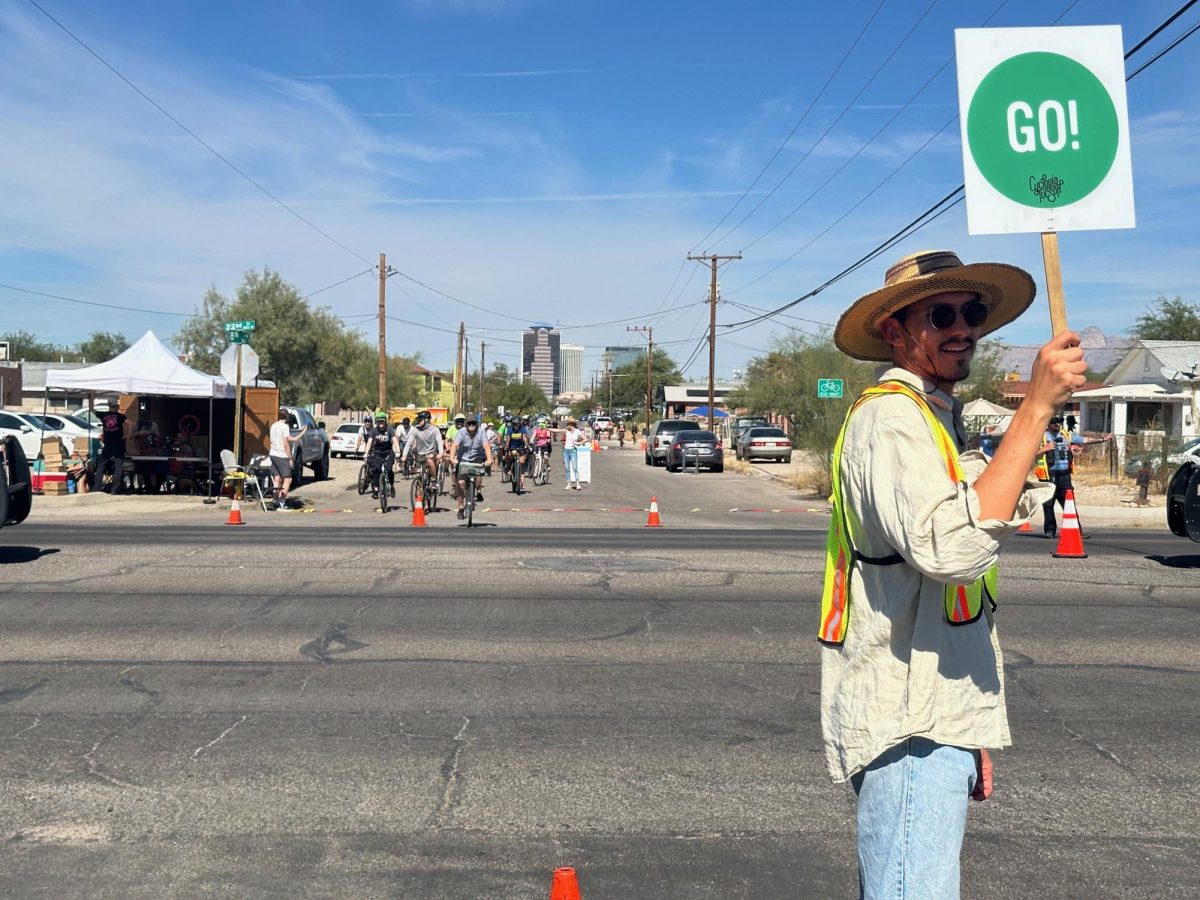Millions of visitors pass through Arizona’s 22 national parks, from the ubiquitous Grand Canyon National Park to the history-rich Montezuma Castle National Monument. National parks, in fact, contribute to 10.3 million of the annual 40.19 million tourists visiting the state. Now that the weather is warming, it is the ideal time to explore Arizona!
If you’re looking to explore the wonders of Arizona’s national parks system, here’s a guide to some of the most popular to help you make the most of your journey.
The National Park Service offers various entrance passes for visitors. The Standard Pass is valid for seven days for one national park. For more frequent visitors, the Annual Pass is valid for one year for a single park. The cost varies depending on the park.
The America the Beautiful Pass covers entrance and amenity fees to any national park nationwide for $80 annually, with discounts available for qualifying individuals. Potential offers include an $80 lifetime membership and $20 annual pass for U.S. citizens and permanent residents over 62, free annual and lifetime passes for U.S. veterans, active duty military and their dependents and free passes for U.S. citizens with a permanent disability and students in the fourth grade.
The National Park Service has an app available for download on iOS and Android devices that offers tools to explore all the national parks. The app has maps, tours, accessibility information, events, closures, and more. People can also download information about parks to use it offline.
Arizona is called the Grand Canyon State for a reason. The national park is between Lake Powell and Lake Mead in northern Arizona, and the Colorado River runs through it. The entrance fee ranges from $20 to $35.
There are abundant trails on the north and south rims to explore the canyon, like the Bright Angel and South Kaibab trails. If visitors want to stay overnight in the canyon, it will require a backpacking permit, but there are also lodging opportunities along the rim.
The North Rim, which is closed during winter and opens on May 15, accounts for only 10% of the park’s visitors. On the South Rim, there are two entrances: the South Visitor and the East Visitor. Several free shuttle buses take visitors around the park.
According to Joëlle Baird, who works in the park’s public affairs office, the park heavily relies on international visitors. The busiest time for the park is between Memorial Day and Labor Day; the weekends are the busiest days, and there are typically lines to get in.
Saguaro cacti are the largest type of cacti in the U.S. and are only found in a slice of the Western U.S. Tucson is home to some of the largest and most abundant Suguaro in the Saguaro National Park. The park is divided into two districts: The Tucson Mountain District on the west side and Rincon Mountain District on the east side of Tucson. The east side is larger, with 128 miles of hiking trails, six backcountry camping sites and an eight-mile paved loop drive.
The west side has no camping sites but offers 43 miles of hiking trails and a five-mile gravel loop drive. Entrance passes range from $15 to $25.
Since the park is in the desert, summer is scorching, and the Monsoon season starts in July. The busiest time for Saguaro National Park is from November through March, which is when cacti and wildflowers begin to bloom.
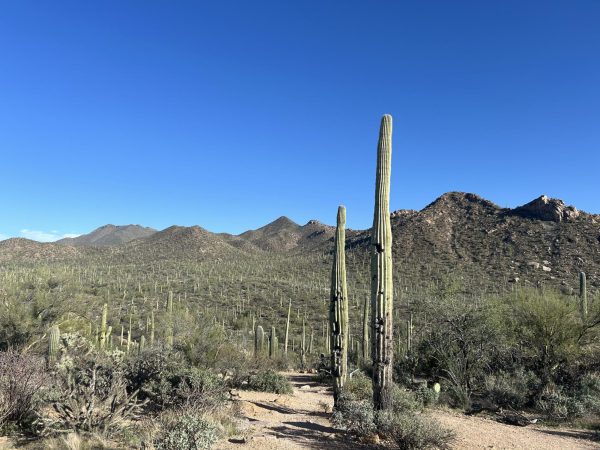
Montezuma Castle National Monument
Montezuma Castle National Monument is located in Camp Verde, about 90 minutes from Phoenix and 45 minutes from Flagstaff. It is a 20-room apartment on limestone cliffs, the third national monument preserving Native American culture. The Sinagua people lived in the Verde Valley over 900 years ago and built houses with wood, stone and mud mortar.
“The park also employs masons the work diligently to preserve the dwellings and utilizing the same materials and methods that the original inhabitants used when building them,” said Paul Santellan via email, the interpretation, fees, visitor services and operations manager at Montezuma Castle National Monument.
The entrance fee is $10 for people 16 and older and free for people 15 and younger. There is only one trail leading up to the castle, and its busiest season is March through May.
There is also the Montezuma Well, a sub-unit of Montezuma Castle 11 miles away. It is a collapsed limestone sinkhole that cannot have fish due to the high carbon dioxide levels. The extra water exits through an ancient canal system and makes 1.5 million gallons daily. Due to leeches, people cannot swim in the well, but a trail goes to the main lookout point.

The Petrified Forest National Park is known for its Triassic fossils, which are over 200 million years old. The park is located off of Interstate 40, near Holbrook. The entrance fee ranges from $15 to $25.
Visitors can drive through the park, stopping at the various overlooks. There are also eight trails, ranging from 0.3 miles to two miles.
The Painted Desert Visitor Center has information, exhibits, a restaurant, a gas station and much more. The visitor center also has the Museum Demonstration Lab where visitors can see trained paleontologists preparing fossils.
The Rainbow Forest Museum is open to visitors and was part of the original Petrified Forest set aside by Theodore Roosevelt in 1906. The busiest time for the park is in the summer months.

The Tumacácori National Historical Park protects the ruins of three Spanish missions. The park is where the O’odham, Yaqui and Apache people met with European missionaries and settlers. The park is located 45 miles south of Tucson on Interstate 19. The entrance fee is $10.
There are guided tours ranging from one to four hours showing visitors the park’s three mission ruins. Another attraction is hiking the Anza Trail, a seven-mile trek connecting the Tumacácori National Historical Park to the Tubac Presidio State Historic Park. The park also hosts several special events during the year, including La Fiesta de Tumacácori, which happens the first weekend in December. The busiest season for Tumacácori is in the spring.
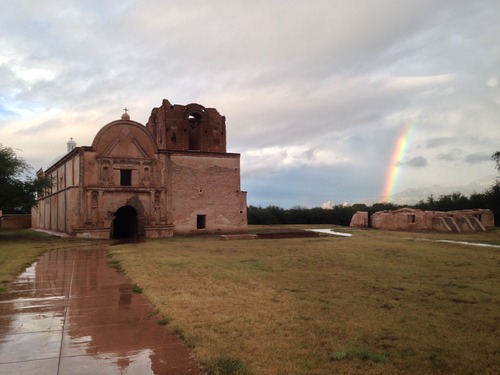
Arizona Sonoran News is a news service of the University of Arizona School of Journalism.
Follow the Daily Wildcat on Instagram and Twitter/X



